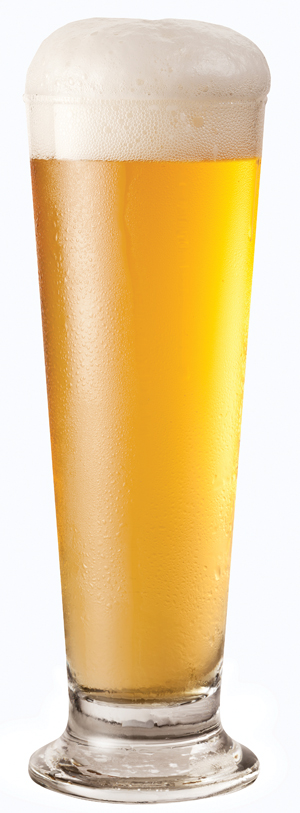Legislators pursue a standardized measure for a pint of beer

iStockPhoto
Legislators in these states have tried to ensure that beer drinkers get what they’re paying for: a full 16 ounces of beer when a drinking establishment advertises the sale of a pint. It’s something that’s been regulated in the United Kingdom for centuries, along with the required use of certified glassware.
In April, Maine Gov. Paul LePage vetoed the Act to Standardize Pints of Beer Sold in Maine. In response to complaints of short pouring and deceptively sized glasses, the popular bill aimed to guarantee that beer sold as a pint be served in a container having a capacity of at least 16 fluid ounces. Those 16 ounces had to be entirely liquid, according to the bill, and not include foam.
State Sen. John Patrick, who proposed the bill, was labeled a hero by some Mainers. “It’s like truth in advertising,” Patrick told the Portland Press Herald. “As with any other standardized thing, if you buy something of a specific measure, you expect to get that much.”
But LePage said that existing Maine laws protect against deceptive trade practices, and that the bill would create undue financial and regulatory burdens on businesses. “I trust the people of Maine will vote with their feet—and their wallets—to frequent the establishments that serve them well and to avoid those that do not,” he wrote in a letter explaining the veto. “Additional government intervention into the free market is not required to address this issue.”
Similar legislation introduced in Michigan in 2013 didn’t even make it so far. And in 2009, a bill titled the Honest Pint Act passed in the Oregon House of Representatives only to die in the state Senate.
But Oregon hasn’t given up: On Feb. 27, three state legislators introduced a new version of the bill that would recognize establishments serving full pints and not punish those that don’t. “In Oregon, we take our craft beer seriously,” says Rep. Ken Helm, who was the chief sponsor of the latest version of the bill. “We know that there are establishments out there that serve beers in different-sized glassware. The legislation, which did not receive a committee hearing, was going to focus on providing a certification to establishments that served an ‘honest pint,’ rather than concentrate on those who sell pints with fewer than 16 ounces.”
Helm’s bill envisioned an opt-in program that would be self-funded by establishments choosing to participate. Generating additional revenue for county health departments or other government agencies that oversee the program could be a bonus, he adds.
Even though the legislation has failed to advance in these states, Helm vows to press on. “This is ultimately about the consumer,” he says. “When an Oregonian orders a pint, they expect 16 ounces. I would imagine this is an issue across the country.”
This article originally appeared in the June 2015 issue of the ABA Journal with this headline: “Pint-Size Heroes: Legislators pursue a standardized measure of beer.”



